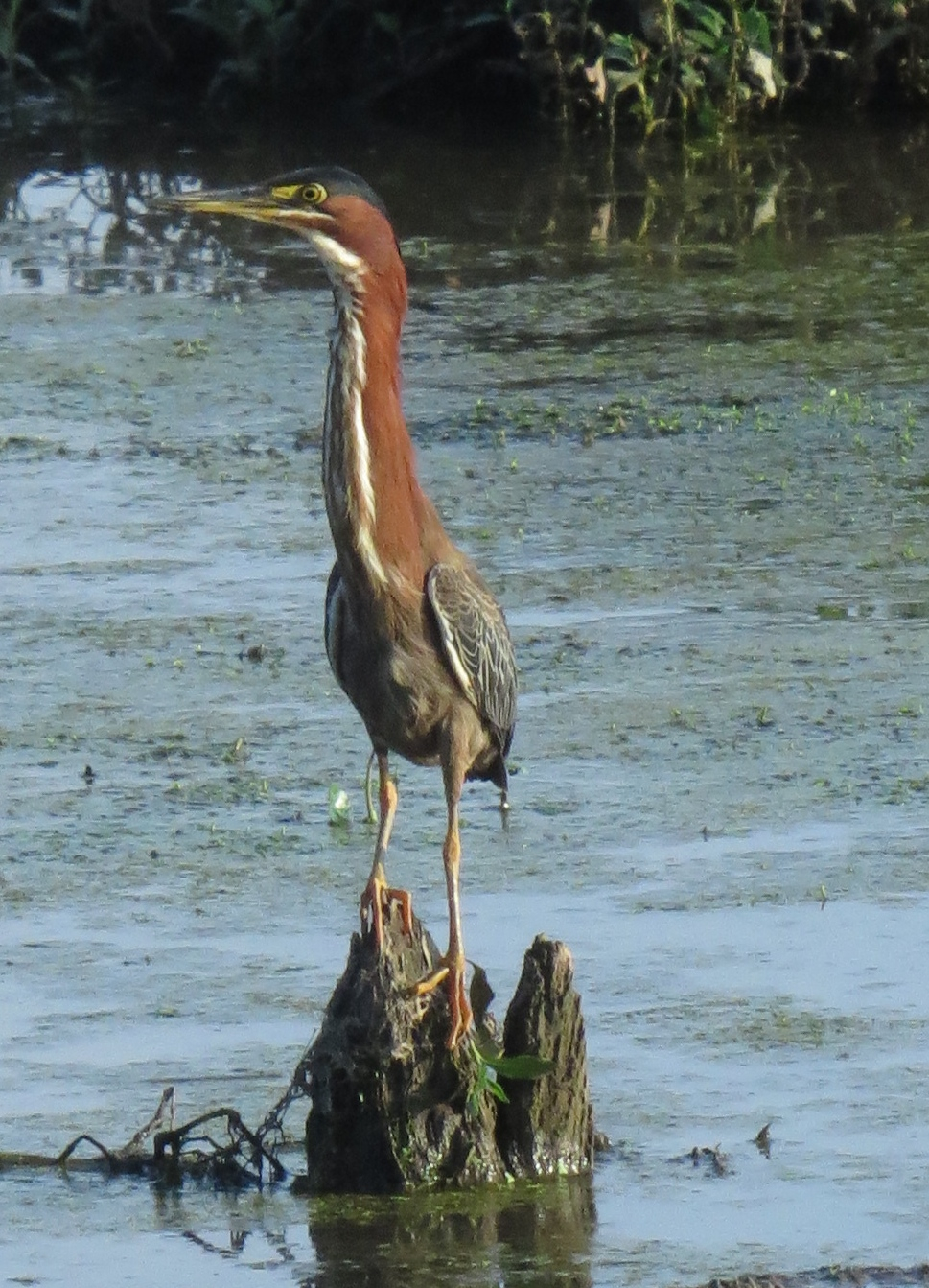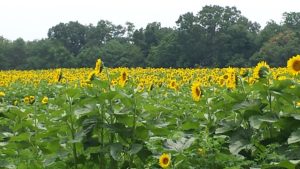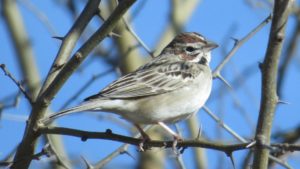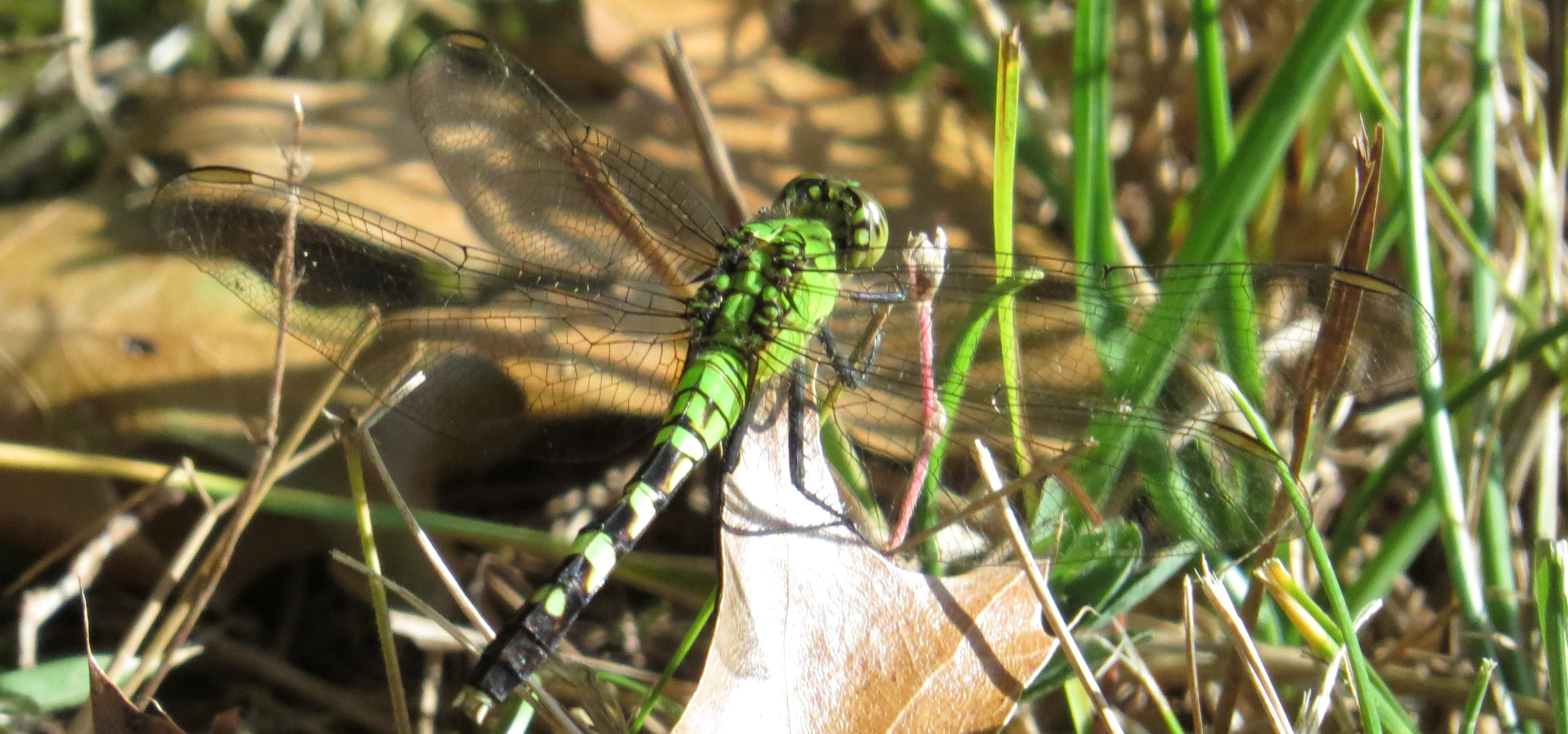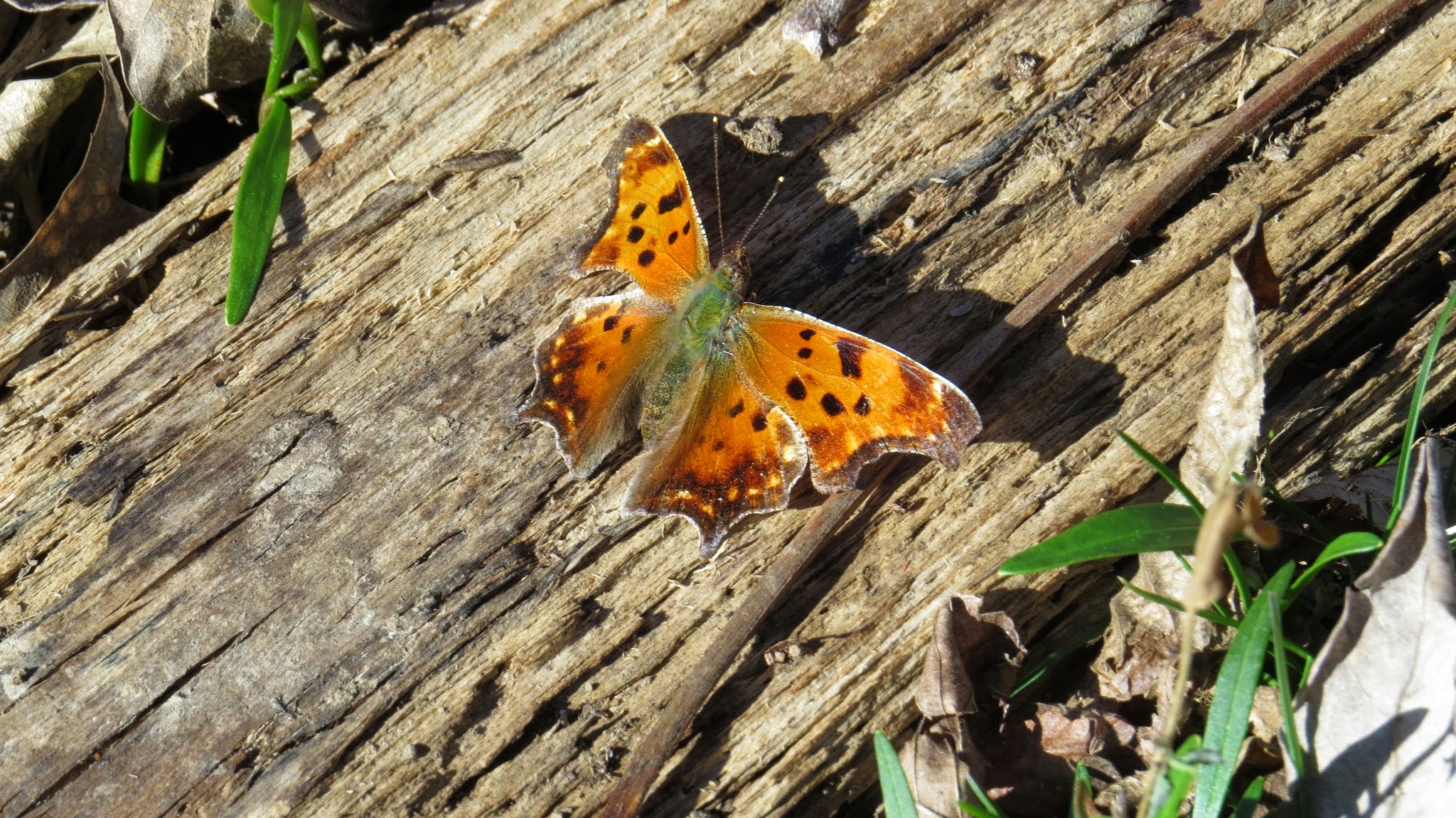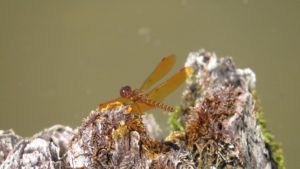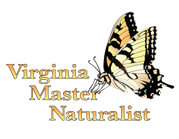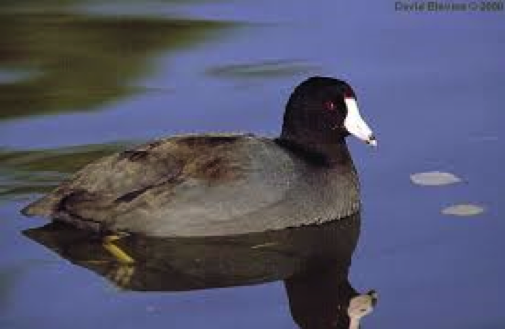2nd Virginia Breeding Bird Atlas
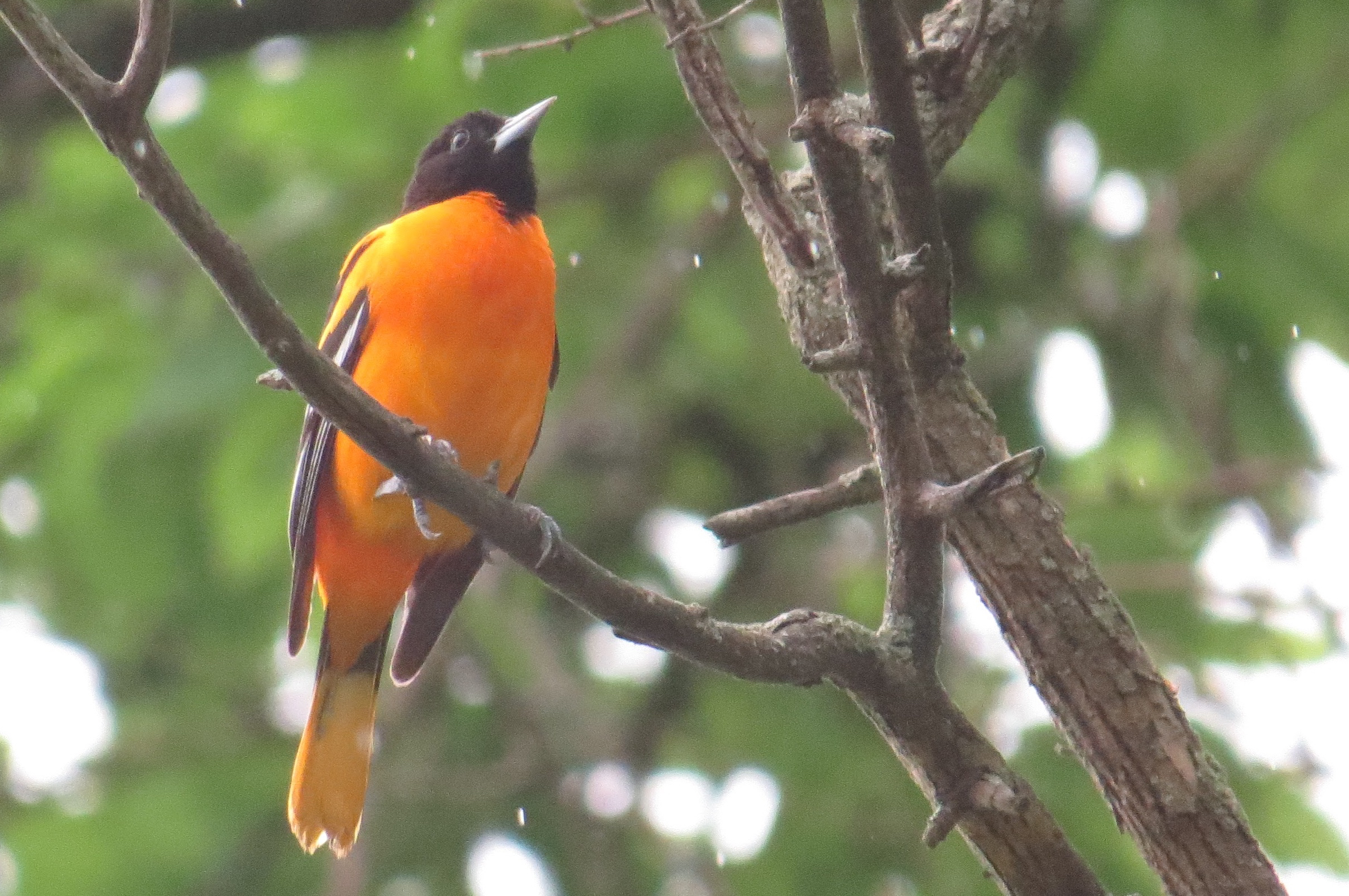
Today, we attended a workshop at Riverbend park sponsored by the Audubon Society of Northern Virginia that trained us on survey techniques for the Breeding Bird Atlas project. The breeding bird survey is a 5 year “survey of all bird species breeding in the state. Data collected will help map the distribution and status of Virginia’s breeding bird community in order to better inform our natural resource and conservation decisions.” A previous Virginia breeding atlas was done 25 years ago, so this new atlas will help us understand how birds’ behavior and their environment has changed in that time.
For citizen scientists it provides a fun and easy way to help study and conserve birds. Birders often think of the spring and fall as the highlights of the years for birding – migration brings many more bird species temporarily into the area; because of this birders often don’t spend as much time birding in the middle of the summer. This project provides a great opportunity to focus on the birds in the heart of the summer. For most birds, the middle of the summer, June and July, are the time when most breed and so therefore it is also the best time to visit the field.
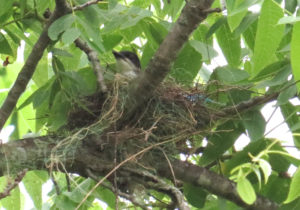
Eastern Kingbird on nest at Morven Park
Participation is super easy – get out and watch birds! Watch them to see if they are exhibiting breeding behaviors and then report the results. There are many more details to the protocol as shown on their website, but here are some useful things to know:
- the state has been divided into blocks, so you need to pay attention to your location and report which block you observed the behavior in
- there is a set of codes to describe the behaviors
- the data is entered into a specialization of eBird website called the Virginia Breeding Bird Atlas Portal
- the goal is to upgrade as many birds to ‘Confirmed’ breeding in each block as possible, thus ‘completing’ a block
- anyone can contribute to any block during breeding season in next 5 years.
During the workshop, we walked for a couple hours trying to find breeding behavior. Riverbend (like several parks) is divided between two blocks – Seneca SE (a priority block) and Rockville SW. During the walk, we spotted breeding behaviors on dozens of bird species (including the lovely Louisiana Waterthrush) and it gave participants a opportunity to learn more about some of the more subtle behaviors like counter-singing and territorial defense. The survey coordinator (Ashley Peele) walked everyone through the data entry, useful tools on the website and encouraged us to spread the word and get others involved!
For anyone going to the 2016 Virginia Master Naturalist conference, they will be hosting another workshop at the conference.

